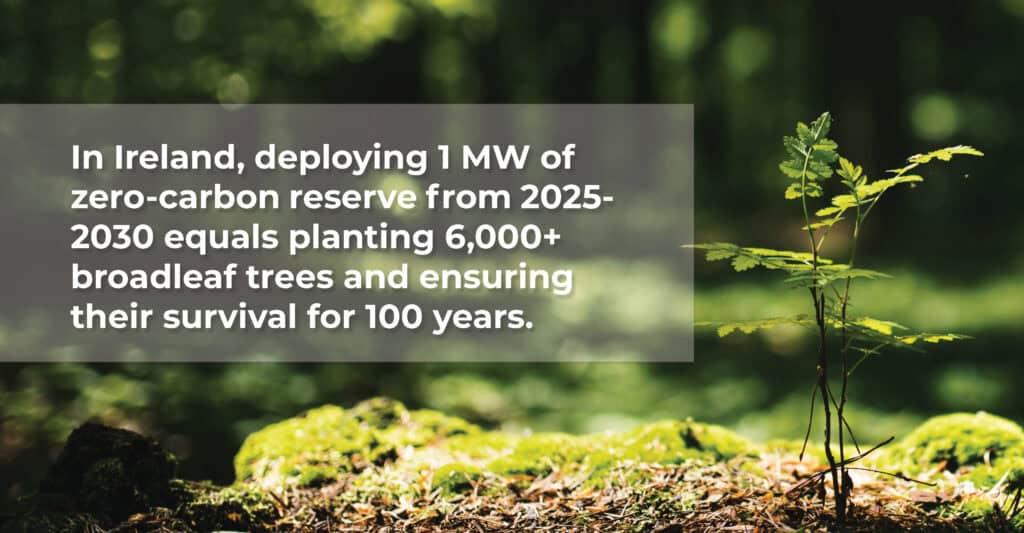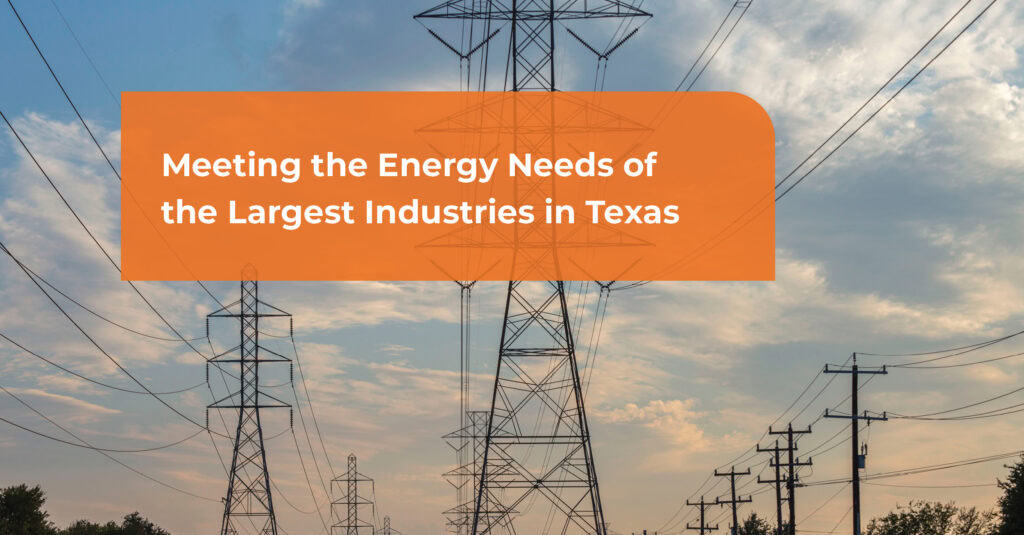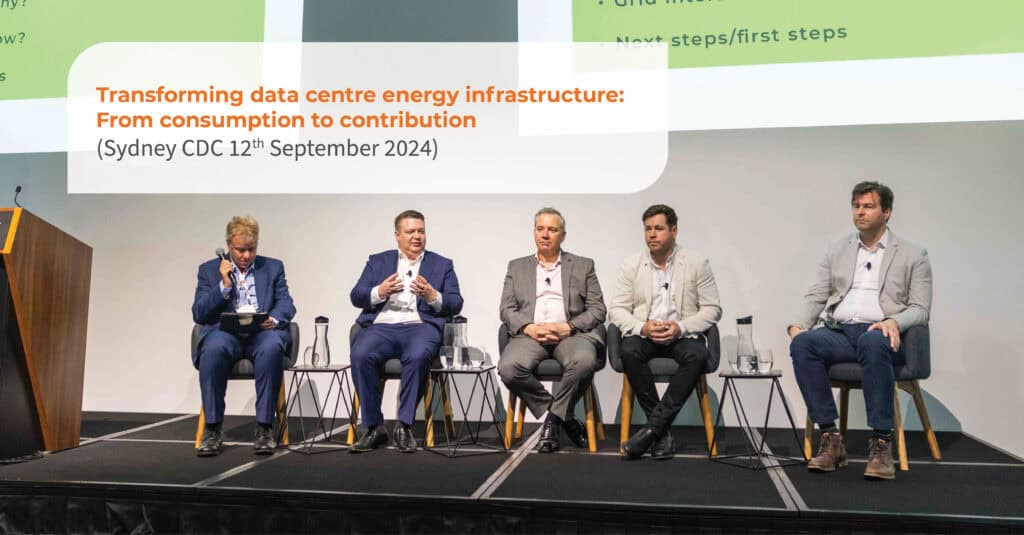
Leveraging Demand Response for a Greener Grid: A Shift Towards Real-Time Renewable Energy Matching
In the pursuit of a sustainable future, the transition to renewable energy sources is paramount. However, merely purchasing Renewable Energy Certificates (RECs) or Guarantees of Origin (GOs) to offset electricity consumption is no longer sufficient. The disconnect between these annual offsets and the actual emissions associated with electricity consumption has led to a call for more granular, real-time solutions. VIOTAS, a champion of green energy, emphasises the importance of enabling green energy consumption rather than just buying into it.
The current European Guarantees of Origin scheme allows electricity suppliers to offset a client’s annual electricity consumption with renewable generation from anywhere in Europe. While this enables industrial clients to claim zero Scope 2 CO2 emissions from an accounting perspective, the reality is different. During peak periods, carbon-intensive generation assets are often utilised, leading to significant emissions locally.
Recognising this gap, policymakers are shifting towards more granular, time-stamped Guarantees of Origin, requiring consumers to match their demand profiles hour-by-hour with locally generated renewable energy. This move ensures that claims of 100% renewable electricity are backed by real-time renewable energy generation on the same power grid.
Some large energy users are already voluntarily adopting real-time 24/7 carbon-free energy solutions. By aligning their consumption with renewable energy generation, these entities are making tangible contributions to reducing carbon emissions.
Recent studies highlight the environmental benefits of demand response. In Ireland, deploying 1 MW of zero-carbon reserve from battery storage and demand response from 2025 to 2030 is equivalent to planting over 6,000 broadleaf trees and ensuring their survival for the next century. This illustrates the significant carbon reduction potential of demand response initiatives.

Demand response not only reduces carbon emissions but also enhances grid flexibility and reliability. By adjusting electricity consumption patterns to match renewable energy availability, demand response helps balance supply and demand in real time. This reduces the need for carbon-intensive backup generation during peak periods, leading to a more sustainable energy system.
In conclusion, demand response is a crucial tool in facilitating greater levels of renewables on the electricity grid. By shifting towards real-time renewable energy matching, consumers can truly claim their electricity consumption as 100% renewable, contributing to a cleaner and greener future.
Next article in the series: Enhancing Reputation through Demand Response: A Pathway to Sustainable Impact



